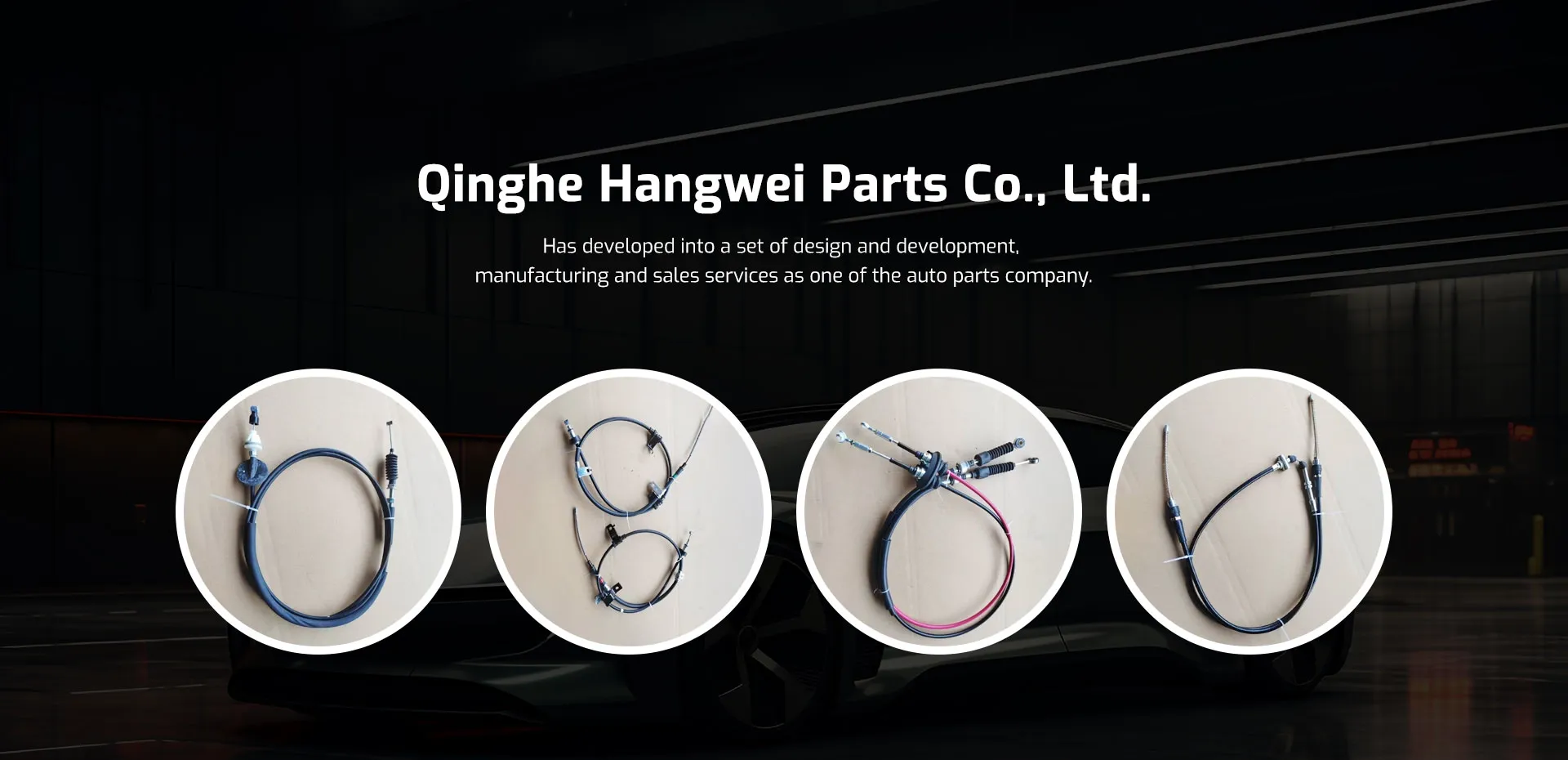Fine-tuning the Throttle Cable for Improved Performance and Responsiveness
Adjusting the Throttle Cable A Comprehensive Guide
The throttle cable is a crucial component in the operation of an internal combustion engine, playing a vital role in how smoothly a vehicle accelerates and responds to driver inputs. In simpler terms, the throttle cable connects the accelerator pedal to the throttle body, controlling the amount of air and fuel that enters the engine. If you’re experiencing issues such as erratic acceleration or a sluggish response when pressing the gas pedal, it may be time to adjust the throttle cable. This article will guide you through the process of adjusting the throttle cable, ensuring optimal engine performance.
Understanding the Throttle Cable
Before diving into the adjustment process, it’s essential to understand the function of the throttle cable. When you press down on the accelerator pedal, the cable pulls on the throttle body, allowing more air into the engine and consequently increasing engine power. Over time, the cable can stretch or wear, leading to improper tension. This can result in delayed throttle response, higher idle speed, or even stalling.
Tools and Materials Needed
To adjust the throttle cable, you’ll need a few basic tools
1. Wrench or socket set Depending on your vehicle, you might need various sizes. 2. Screwdriver For adjusting any clamps or brackets. 3. Measuring tape To ensure proper cable length (if applicable). 4. Pliers Helpful for handling cable fittings. 5. Owner’s manual It’s crucial for understanding the specific adjustment procedure for your vehicle.
Step-by-Step Adjustment Process
Step 1 Safety First
Before starting any mechanical work, make sure the vehicle is in a safe position. Turn off the engine, engage the parking brake, and disconnect the battery to prevent any electrical issues or accidental starts.
Step 2 Locate the Throttle Cable
Open the hood and locate the throttle cable. It will typically run from the accelerator pedal assembly, through the firewall, and into the throttle body. Familiarize yourself with the routing and the attachment points at both ends.
adjusting the throttle cable

Step 3 Check Current Tension
Before making any adjustments, it’s essential to check the current tension on the throttle cable. With the engine off, press the accelerator pedal. Observe how the cable responds; it should have some slight give and return smoothly. If it feels too loose or too tight, it’s time to make adjustments.
Step 4 Adjust the Cable
Most throttle cables have an adjustment mechanism, often located near the throttle body or the firewall. Here’s a general method for adjusting
1. Loosen the adjustment nuts Using a wrench, carefully loosen the nuts holding the cable in place, but do not remove them completely. 2. Increase or decrease tension Depending on your assessment, either tighten or loosen the cable. For a tighter cable, pull the cable sheath toward the throttle body. For a looser cable, pull it backward. Always ensure there’s minimal play while still allowing full range of motion.
3. Check for kinks Make sure the cable is not kinked or frayed, as this can also affect performance.
Step 5 Test the Adjustment
After making the adjustment, tighten the nuts securely but avoid overtightening, which can damage the cable. Reconnect the battery and start the engine. Test the accelerator response; there should be a smooth and immediate reaction when pressing the pedal. If necessary, repeat the adjustment process until the desired performance is achieved.
Step 6 Recheck and Finalize
Once you’re satisfied with the throttle response, it’s a good idea to take the vehicle for a test drive. Pay attention to how it accelerates and decelerates. If you notice any issues, you may need to go back and make further adjustments.
Conclusion
Adjusting the throttle cable is a straightforward task that can significantly improve your vehicle’s performance. By following the steps outlined in this guide, you should be able to achieve a well-functioning throttle response. Regular maintenance checks can prevent issues in the future and ensure a smooth driving experience. If you ever feel unsure, do not hesitate to consult a professional mechanic for assistance. With proper care and attention, your throttle cable can provide reliable performance for many miles to come.
-
Workings of Clutch Pipe and Hose SystemsNewsJun.04,2025
-
The Inner Workings of Hand Brake Cable SystemsNewsJun.04,2025
-
The Secrets of Throttle and Accelerator CablesNewsJun.04,2025
-
The Hidden Lifeline of Your Transmission Gear Shift CablesNewsJun.04,2025
-
Demystifying Gear Cables and Shift LinkagesNewsJun.04,2025
-
Decoding Clutch Line Systems A Comprehensive GuideNewsJun.04,2025
